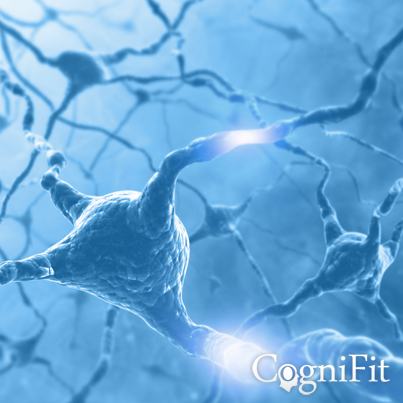corporatelanding_memory_40


Working Memory
Neuropsychology of the executive functions
Get access to a complete working memory and executive function assessment battery
Identify and evaluate the presence of alterations or deficits
Stimulate and improve your operative memory and other skills
What is working memory?
What is working memory? Working memory, or operative memory, can be defined as the set of processes that allow us to store and manipulate temporary information and carry-out complex cognitive tasks like language comprehension, reading, learning, or reasoning. Working memory is a type of short-term memory.
Definition of working memory according to the Baddley and Hitch model
Characteristics of working memory:
- Its capacity is limited We are only able to store 5-9 elements at a time.
- It is active. It doesn't only store information, it also manipulates and transforms it.
- Its content is permanently being updated.
- It is modulated by the dorsolateral frontal cortex.
Examples of working memory
Working memory refers to the ability that allows us to retain the elements that we need in our brain while we carry-out a certain task. Thanks to working or operative memory, we are able to:
- Integrate two or more things that took place close together. For example, remembering and responding to the information that was said during a conversation.
- Associate a new concept with previous ideas. It allows us to learn
- Retain information while we pay attention to something else. For example, we are able to prepare the ingredients that we need for a recipe while we talk on the phone.
We use our working or operative memory on a daily basis for a number of tasks. When we try to remember a telephone number before writing it down or when we are immersed in conversation: we need to remember what was just said, process it, and respond to it by giving our own opinion. When we take notes at school: we need to remember what the teacher said so that we can write it down in our own words. When we do mental math in the supermarket to see if we have enough money to pay.
Disorders that are affected by working memory
Working memory is an essential part of decision making and for the proper functioning of the executive functions. This is why its alteration can be seen in dysexecutive syndromes and many learning disorders like ADHD and dyslexia. Other problems like schizophrenia and dementias tend to be associated with working memory.
How can you measure and evaluate working memory?
Working memory is a cognitive skill that we use in the majority of our daily tasks. This is why measuring and understanding the level of your working memory can be helpful in a number of different areas. For example academics, as it allows you to understand if a child may have extra difficulties doing mental math or reading; medicine, as a medical professional, will be able to see if a patient will be able to live independently or will need help doing daily activities, and in professional areas, as working memory is what makes it possible to remember, process, and respond to a question or comment during a conversation.
With CogniFit's complete cognitive assessment, you can help effectively evaluate different functions, like working memory and processing speed. The tests that CogniFit uses to assess working memory are based off of the Direct and Indirect Digits Test, the Wechsler Memory Scale (WMS), the Continuous Performance Test (CPT), the Test of Memory Malingering (TOMM), the Visual Organization Task (VOT), and the Test Of Variables of Attention (TOVA). In addition to working memory, these tests also measure phonological short-term memory, short-term memory, reaction time, processing speed, recognition, visual scanning, and spatial perception.
- Sequencing Test WOM-ASM: A series of balls with different numbers will appear on the screen. The user will have to memorize the series in order to repeat it later. The series will become longer and longer until the user makes a mistake. The user will be asked to repeat the series after each presentation.
- Recognition Test WOM-REST: Three objects will appear on the screen. First, the user will have to remember the three objects presented on the screen as quickly as possible. After four sets of three images will appear on the screen and the user will have to choose which is the correct series from the first screen.
How can you recover or improve working memory?
Working memory, like our other cognitive abilities, can be trained and improved, and CogniFit may help make this possible with its different training programs.
Working memory rehabilitation is based on neuroplasticity. CogniFit offers a battery of exercises designed to recover and improve problems with working memory and other cognitive functions. Using working memory with the brain training programs from CogniFit can help improve the neural connections used in this cognitive ability. This makes it possible to become better and more efficient when using working memory.
The CogniFit team is made up of professionals specialized in the study of synaptic plasticity and neurogenesis, which has made it possible to create the Personalized Brain Training Program in order to meet the needs of every user. This program starts with a complete cognitive assessment of working memory and other fundamental cognitive functions. With the results of this assessment, the cognitive stimulation program from CogniFit will automatically offer a personalized brain training program to improve working memory and the other cognitive functions that the assessment determined to be areas of improvement.
A consistent and challenging training program is what improves working memory. A correct cognitive stimulation requires at least 15 minutes a day, two or three times a week. The CogniFit brain training program is available online, from anywhere in the world and is made up of fun and interactive brain games that can be played on computers or mobile devices. After each session, CogniFit will show a detailed report of the user's cognitive progress.


